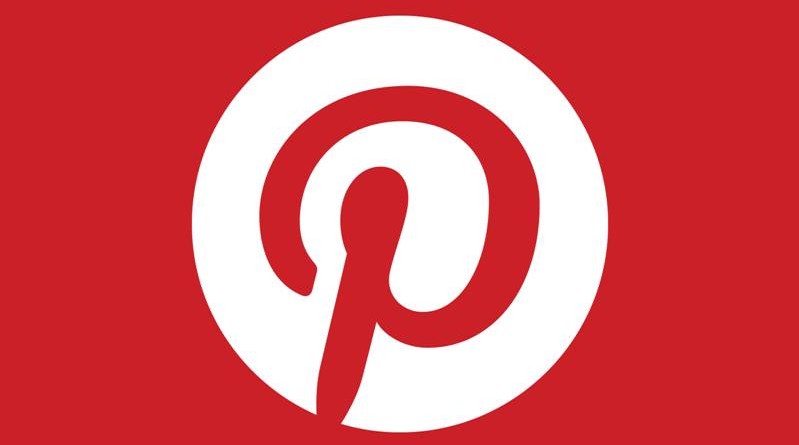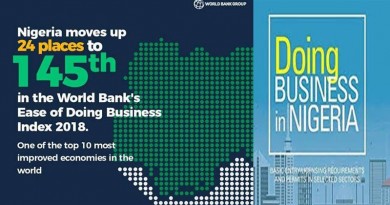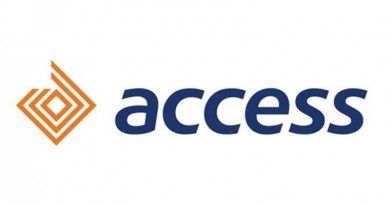Pinterest nears $1 billion in ad sales and valuation rises as it looks to go public in mid-2019
Pinterest has taken a long time to justify its monstrous private market valuation. However the social media company is finally approaching $1 billion in ad revenue as it pushes toward an IPO in mid-2019, according to people familiar with the matter.
After hitting $500 million in sales in 2017, Pinterest is on pace to almost double that this year, said the people, who asked not to be named because the company’s financials are private. Pinterest is having particular success with mobile ads, as the site becomes a more popular place for big fashion and beauty brands to get in front of the company’s 200 million monthly active users.
In targeting a public market debut in the second quarter of 2019, Pinterest could join a group of high-valued and high-profile consumer start-ups that are aiming to hit the market around the same time. Uber CEO Dara Khosrowshahi has said that the ride-hailing company expects to go public next year, and Airbnb CEO Brian Chesky said at the Code Conference in May that his hospitality company will “be ready to IPO next year, but I don’t know if we will.”
A Pinterest spokesperson declined to comment.
Investors are already getting more bullish on Pinterest. Trades on the secondary market value the company at between $13 billion and $15 billion, said people with knowledge of the matter. That is up from a valuation of $12.3 billion at the time of its last financing round in June 2017.
Pinterest users “pin” items they like so that their friends and followers can view curated lists of subjects such as recipes, clothing items, household goods and places to travel. That all provides valuable and targeted data about consumers’ interests and their intent to buy.
“People are pinning literally what they are interested in,” said Shane Ankeney, president of Havas Media Group North America, one of the largest ad agencies. “We use it as a huge insights engine.”
It’s a tall task to break up the digital advertising duopoly of Google and Facebook, which control a combined 57 percent of U.S. digital ad spending, according to eMarketer. The Interactive Advertising Bureau sizes the domestic market at $88 billion in 2017 and growing, and advertisers are increasingly looking for ways to diversify their budgets and bolster competition.
Nobody’s been able to do it so far.
Snap went public in 2017, aiming to sell advertisers on the promise of reaching younger users who were more engaged in texting with one another than sharing things on social networks. However, Facebook has successfully mimicked many of Snapchat’s most popular features, making it difficult for Snap to make money and pushing the stock down more than 20 percent from its offering price.
Snap’s revenue more than doubled in 2017 to $824.9 million, while its net loss widened more than six-fold to $3.5 billion, mostly related to stock-based compensation costs.
Pinterest has also struggled to become relevant in digital advertising. Reaching $1 billion in revenue will mark a significant milestone, but it’s way below previous estimates. In 2015, TechCrunch reported on leaked financial documents that showed Pinterest was then projecting sales of $2.8 billion by 2018.
Advertisers and people familiar with the company say Pinterest has found its footing in the past year and, by combining visual, social and search ads into one platform, has become an important place for retail, fashion, home goods, beauty and do-it-yourself brands. Travel and financial companies are also experimenting on Pinterest, said Billy Boulia, vice president and group director of social strategy at Digitas.
“No platform capitalizes on the social-search marriage like Pinterest does,” Boulia said.
So-called buyable pins allow customers to turn other people’s posts into a shopping experience, by checking out pricing and buying the items if they desire. While that shopping behavior may seem foreign on other platforms, Pinterest’s users are finding it more common.
In Mary Meeker’s 2016 Internet Trends Report, the analyst-turned-venture capitalist said that 55 percent of Pinterest users were using the site to find and shop for products, compared with only 12 percent for Facebook and Instagram and 9 percent for Twitter. Pinterest CEO Ben Silbermann has said in private meetings that he sees a big opportunity for e-commerce, according to a person familiar with the matter.
‘Its very own niche’
Additionally, Pinterest has avoided the safety and privacy issues, like online bullying and misinformation, that have plagued other platforms, said Kerry Perse, a managing director at ad agency OMD Create.
“Within the last 12 months, Pinterest has really found its very own niche as it relates to how people use the platform as well as how advertisers view the platform itself,” Perse said.
Pinterest has been filling out its executive ranks, most notably hiring Francoise Brougher as its first chief operating officer in February. Brougher was previously a top executive at Square and before that was an ad exec at Google.
Silbermann, Brougher and the ad team have plenty of work to do at Pinterest.
The platform doesn’t cater to video, which has been a major growth areas for online ads. Pinterest also has to show physical retailers that its visual search capabilities can drive traffic into stores. And the company must contend with a view in the industry that it’s only really used by women, even though there are categories like fashion and home improvement that are popular with men.
Perse said that among her company’s clients, “some of them feel like its only good for a specific audience.”





